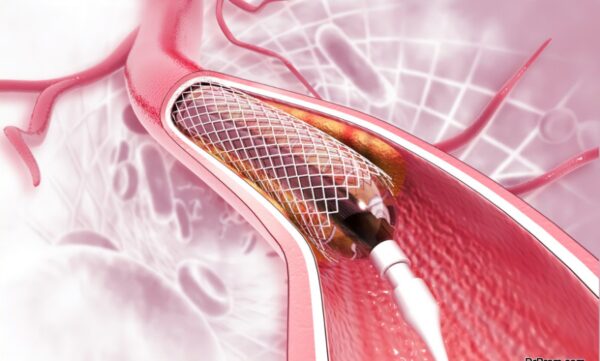
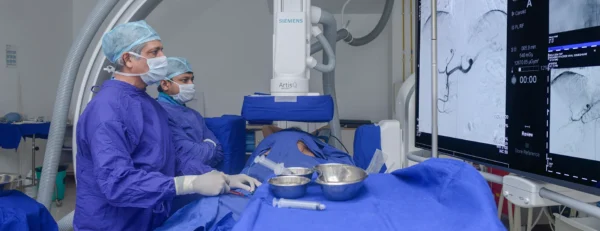
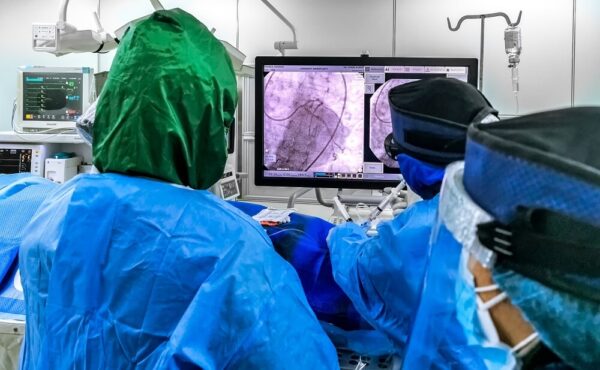
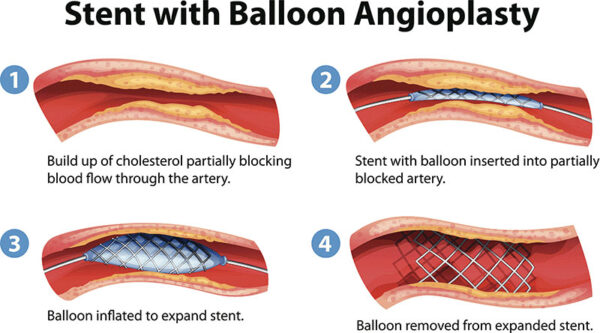
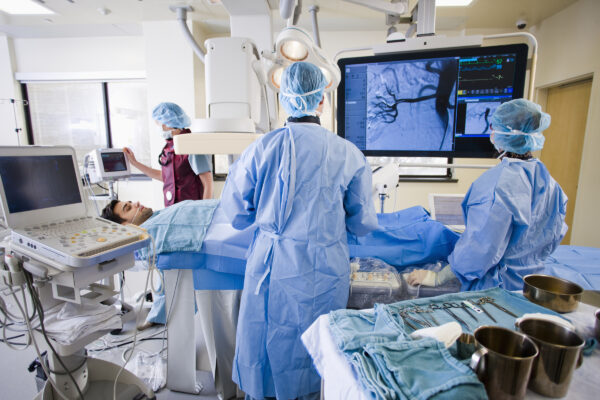
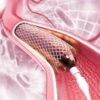
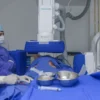
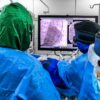
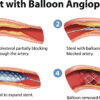
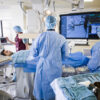
| No. | Hospital stays for 1 night | Costs |
|---|---|---|
| 1 | Double room | 100$ |
| 2 | One Bedroom | 125$ |
| 3 | CCU | 160$ |
| 4 | ICU | 250$ |
| 5 | Companion | 15$ |
From: 1,200.00$
Embark on a transformative journey with our exceptional range of medical treatments. As a leading medical tour operator, we offer a comprehensive selection of world-class treatments and procedures to address your unique healthcare needs. From advanced surgeries to cutting-edge therapies, our team of experienced professionals is dedicated to providing top-notch care and ensuring your comfort and satisfaction. Discover a new level of healthcare excellence with our tailored treatment options. Book now to start your journey towards a healthier and happier you.
Primary angioplasty, also known as Primary Percutaneous Coronary Intervention (PCI), is an emergency procedure used to treat a heart attack by reopening a blocked coronary artery. This procedure is performed as soon as possible after the onset of heart attack symptoms to restore blood flow to the heart muscle and minimize damage.
Primary angioplasty is a critical, life-saving procedure for patients experiencing an acute myocardial infarction (heart attack). It is considered the gold standard treatment for heart attacks due to its effectiveness in quickly restoring blood flow to the heart.
Primary angioplasty is a vital procedure for patients experiencing a heart attack, offering a less invasive option with a quicker recovery time.
Only logged in customers who have purchased this product may leave a review.
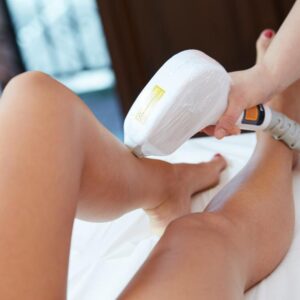
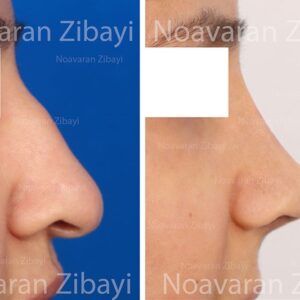
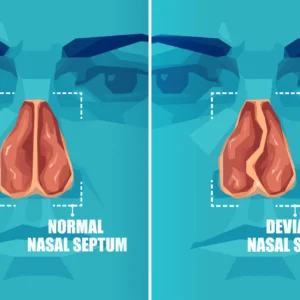

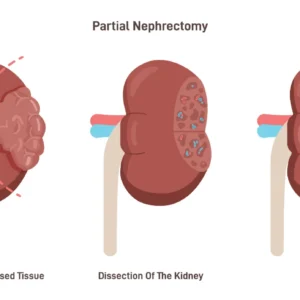
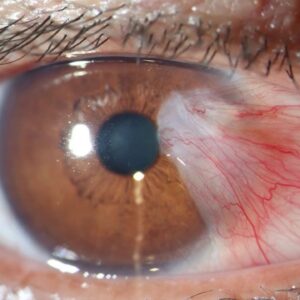
Primary angioplasty, also known as Primary Percutaneous Coronary Intervention (PCI), is an emergency procedure used to treat a heart attack by reopening a blocked coronary artery. This procedure is performed as soon as possible after the onset of heart attack symptoms to restore blood flow to the heart muscle and minimize damage.
Primary angioplasty is a critical, life-saving procedure for patients experiencing an acute myocardial infarction (heart attack). It is considered the gold standard treatment for heart attacks due to its effectiveness in quickly restoring blood flow to the heart.
Primary angioplasty is a vital procedure for patients experiencing a heart attack, offering a less invasive option with a quicker recovery time.
There are no reviews yet.
Only logged in customers who have purchased this product may leave a review.
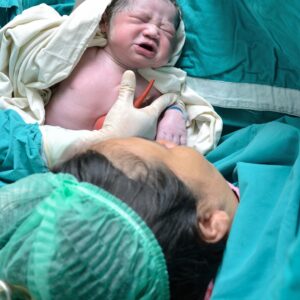
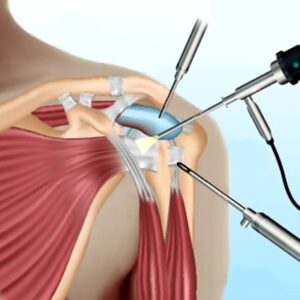

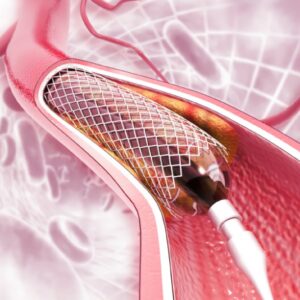
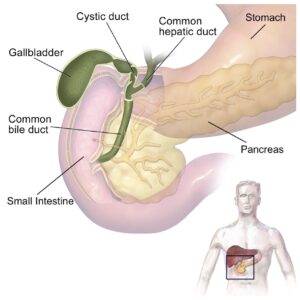
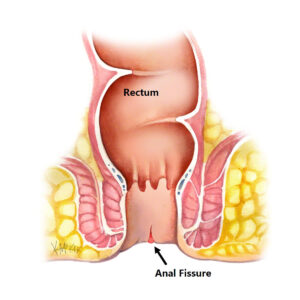
Choosing the right hospital and physician are important factors to consider that significantly influence a patient’s treatment. The preferred choice for many patients is choosing private care.
Choosing the right hospital and physician are important factors to consider that significantly influence a patient’s treatment.
Reviews
There are no reviews yet.